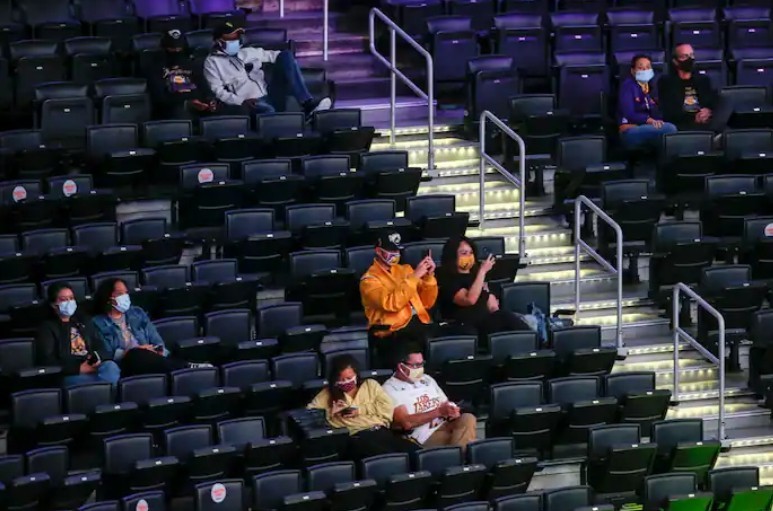
“For airborne transmission, social distancing in indoor spaces is not enough, and may provide a false sense of security,” Martin Z. Bazant, an MIT chemical engineering professor and the paper’s lead author, told The Washington Post in an email.
The research, published in the Tuesday issue of the Proceedings of the National Academy of Sciences of the United States of America, offers guidelines based on mathematical models and environmental assumptions drawn from documented superspreading events.
Even without precise calculations of air circulation, filtration quality and crowd control, there are still basic mitigation measures to understand, said John W.M. Bush, an applied mathematics professor at MIT who co-wrote the report.
“Efficient mask use is the most effective safety measure, followed by room ventilation, then filtration,” Bush told The Post in an email. “And risk increases with the number of occupants and the exposure time, so one should try to spend as little time as possible in crowded indoor spaces.”
“A common misinterpretation of our study is that it ‘finds’ no effect of social distancing, when in fact, our safety guideline for airborne transmission is derived from the standard assumption of well-mixed indoor air, where distance plays no role,” Bush said.
Throughout the pandemic, most superspreading events have been associated with airborne transmission, including a choir rehearsal in Washington state early in the spread of the virus in the United States and a two-hour bus ride in the Eastern Chinese city of Ningbo, both of which were cited in the study.
Bazant said cigarette smoke offers a useful analogy for the different types of respiratory disease transmission.
Scientists such as Kimberly Prather, an atmospheric chemist at the Scripps Institution of Oceanography and the department of chemistry and biochemistry at the University of California at San Diego, urged readers to recognize that the PNAS article is based on models and assumptions — including that air in a particular room is “well-mixed” — that may be different in real-world settings.
If an infected person walked into a room, the air does not instantly become evenly mixed, which makes a person standing at a greater distance in a safer position than someone near the person infected with the coronavirus, Prather explained.
The CDC has emphasized that the virus spreads mostly through close contact, via droplets and particles within six feet, though the agency acknowledges the virus can be contagious beyond that distance when suspended in the air.
“There’s a big disconnect; the WHO is still saying ‘wash your hands,’ but it’s not about cleaning surfaces,” Prather told The Post. She argued that too much attention and resources are diverted toward measures such as spraying down surfaces with disinfectant when addressing ventilation and filtration would have a more significant impact on transmission.
Both MIT researchers said they hope their work can help anyone making reopening decisions that are flexible but that still emphasize safety.
“Indeed, our guideline demonstrates when the social distancing guidelines are overly restrictive, and when they are inadequate,” they wrote jointly in an email. “Our guideline also quantifies the relative benefits of improved ventilation, filtration and mask directives, which can inform decisions to reopen or upgrade specific indoor spaces, such as schools and churches.”


